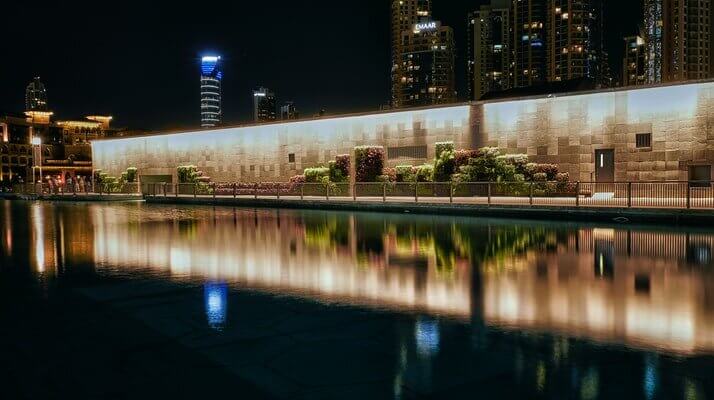In the coming decade, we are likely to see a shift in landscape design in several areas. Technology will continue to impact the workflow of landscape design, and advances in design software will impact how landscape architects design projects. This impact will extend to how those projects are maintained throughout their lifecycle. There are also inevitable pressures coming from environmental concerns including climate change, green spaces, and air quality
In 2020, Damian Holmes published an article in World Landscape Architecture discussing trends in landscape architecture for the coming decade. Holmes pointed out environmental pressures are becoming more and more urgent. Landscape architects will be tasked with creating solutions to mitigate the impacts of climate change, providing solutions for carbon sequestration, and enabling a shift to greener cities with green space
When it came to technological advancements, Holmes predicted continued growth of BIM and an increase in the use of Virtual Reality and a move to Augmented Reality to give clients an on-site visual experience. He predicts improvements in city design as landscape architects gain a greater understanding of how people work, live, and play in cities. This understanding will be aided by improved data collection, analysis, machine learning, and artificial intelligence. Drone usage is likely to increase, and will provide us with even more data for machine learning, as well as provide ways to perform site inspections and monitor design performance.
The coming decade is likely to see a continued shift to BIM adoption and improvements in BIM technology. While more traditional 2D CAD drawings continue to be required for construction project contracts and remain useful for construction projects, there are more advanced technologies that will take the place of 2D CAD drawings in many aspects of landscape design.
Landscape design firms are increasingly adopting BIM technologies. In 2016 in the United Kingdom, this shift is part of a government mandate to move to BIM for all projects that receive central government funding to be completed with collaborative 3D BIM. Beyond the UK, this shift is occurring as market pressures to deliver BIM files grow in the architect and design communities.
Advances in BIM technology will continue to shape construction and landscape projects. With Autodesks’ release of Autodesk Revit 2021, they introduced Generative Design. This will give users of Revit 2021 the opportunity to explore data-driven design alternatives using algorithmic problem solving. This technology enhances the designers ability to optimize their designs and review alternative design possibilities.
Environmental and economic pressures will be part of the continued shift to digital solutions over the next ten years. Landscape and general architecture will be challenged to address climate change and its impact on our cities and landscapes in the coming decade. Technological advances will aid them by optimizing solutions, evaluating impact, collecting on-site data, and improved collaboration.


